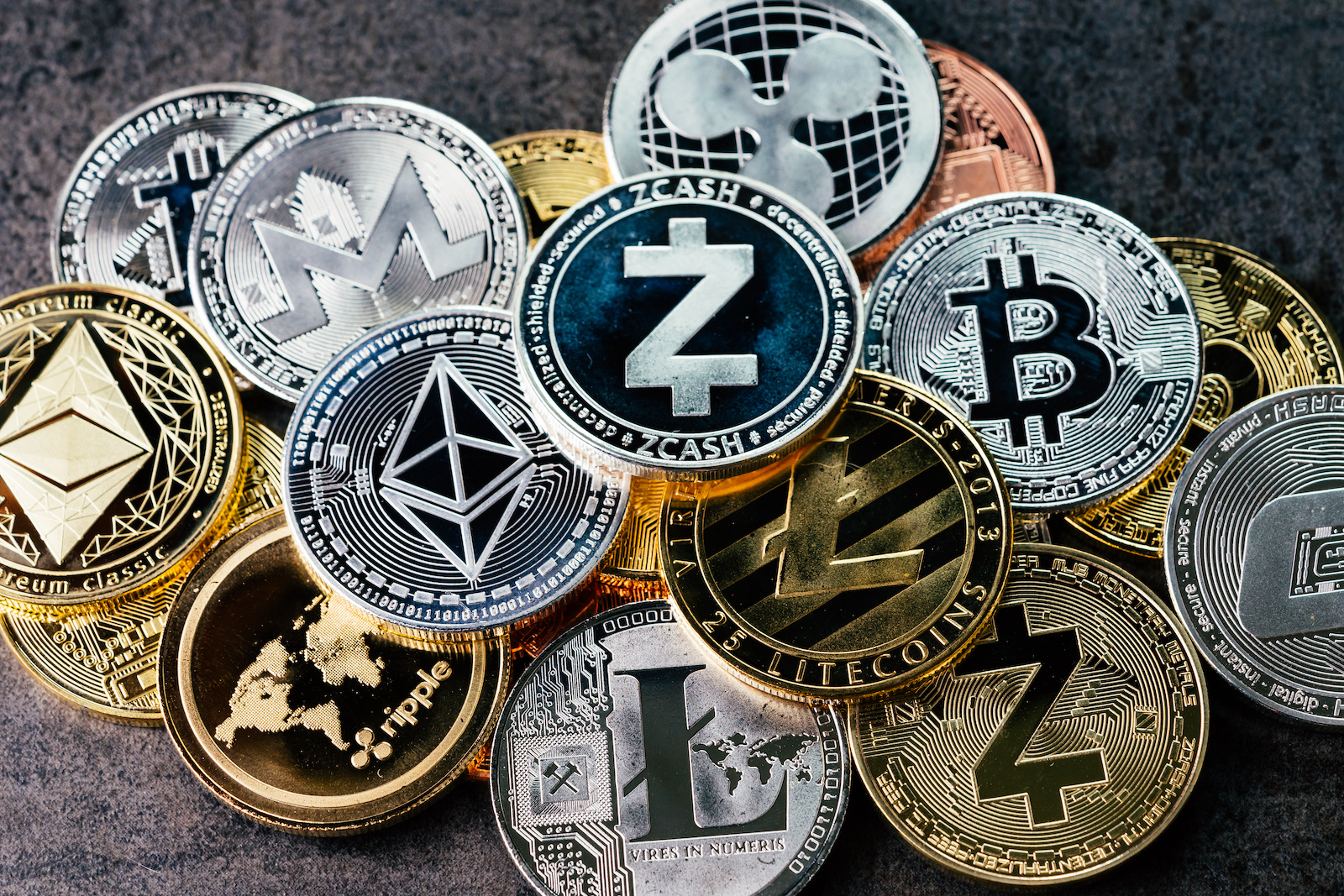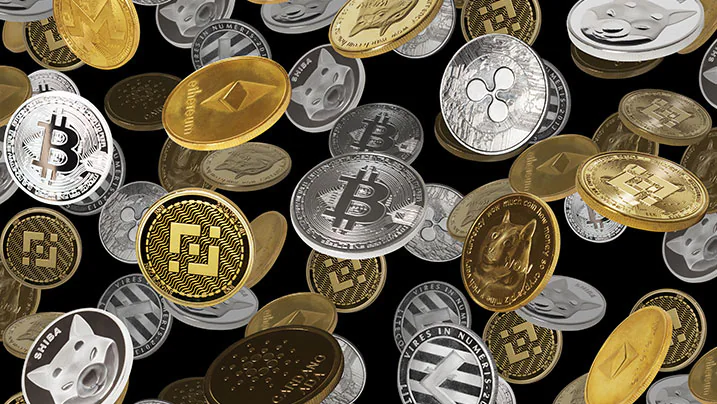Crypto are a diverse digital asset class, each with its distinct characteristics. In this article, we delve into the intriguing world of digital coins, highlighting key differences in their production, spending options, and other notable features.
<Crypto Strategy – Trading Strategies for Beginners>

Crypto – Production Methods:
- Mining Powerhouses: Bitcoin, Dash, and Monero
- These cryptocurrencies are born through the process of “mining,” a computational endeavor involving powerful computers tackling complex cryptographic puzzles.
- Successful miners are rewarded with coins, such as bitcoins or dash coins, which can subsequently be traded in the market.
- Efficient Alternatives: NEM (XEM)
- Unlike the energy-intensive mining of Bitcoin and others, NEM employs algorithms that don’t require massive computational power.
- Centralized Production: Ripple and IOTA
- Some currencies, like Ripple and IOTA, don’t rely on mining; they are created and controlled by the organizations supporting them.
Crypto – Spending Options:

- Bitcoin’s Dominance:
- Among cryptocurrencies, Bitcoin reigns supreme in terms of merchant and service provider acceptance.
- Expanding Horizons: Litecoin and Dash
- Cryptos like Litecoin and Dash are actively working on broadening their spending capabilities beyond traditional transactions.
- Utility-Centric Ether:
- Ethereum’s Ether is designed primarily for paying for services within the Ethereum platform, including the creation and usage of decentralized applications.
Privacy and Transaction Speed:

- Bitcoin’s Trade-offs:
- Bitcoin, while widely accepted, lags behind in transaction speed and anonymity compared to some alternatives like Dash or Monero.
- It’s worth noting that Bitcoin’s extensive developer ecosystem may pave the way for future enhancements in privacy and speed.
As the cryptocurrency landscape continues to evolve, these distinctions among digital coins offer a glimpse into the multifaceted nature of this revolutionary financial technology. Each cryptocurrency has its own strengths and weaknesses, catering to various use cases and preferences within the global financial ecosystem. Stay tuned for further developments in this ever-changing space.



